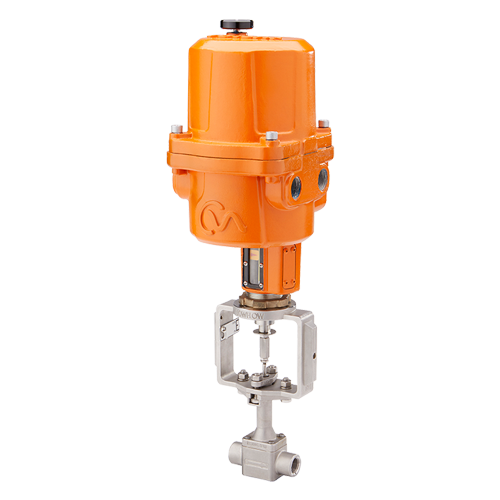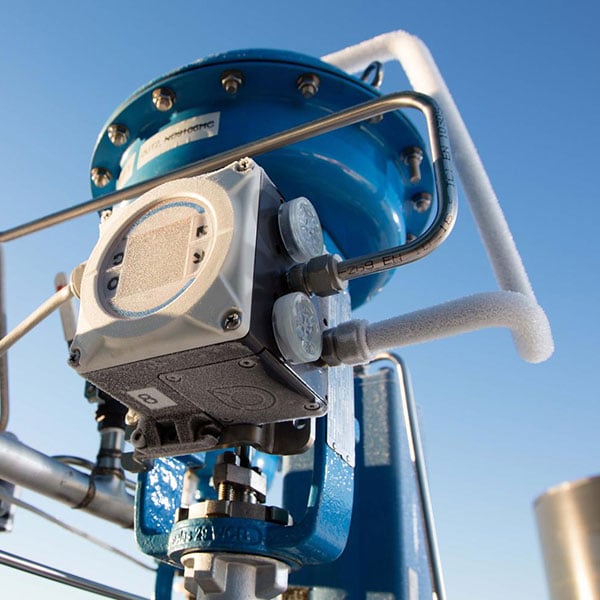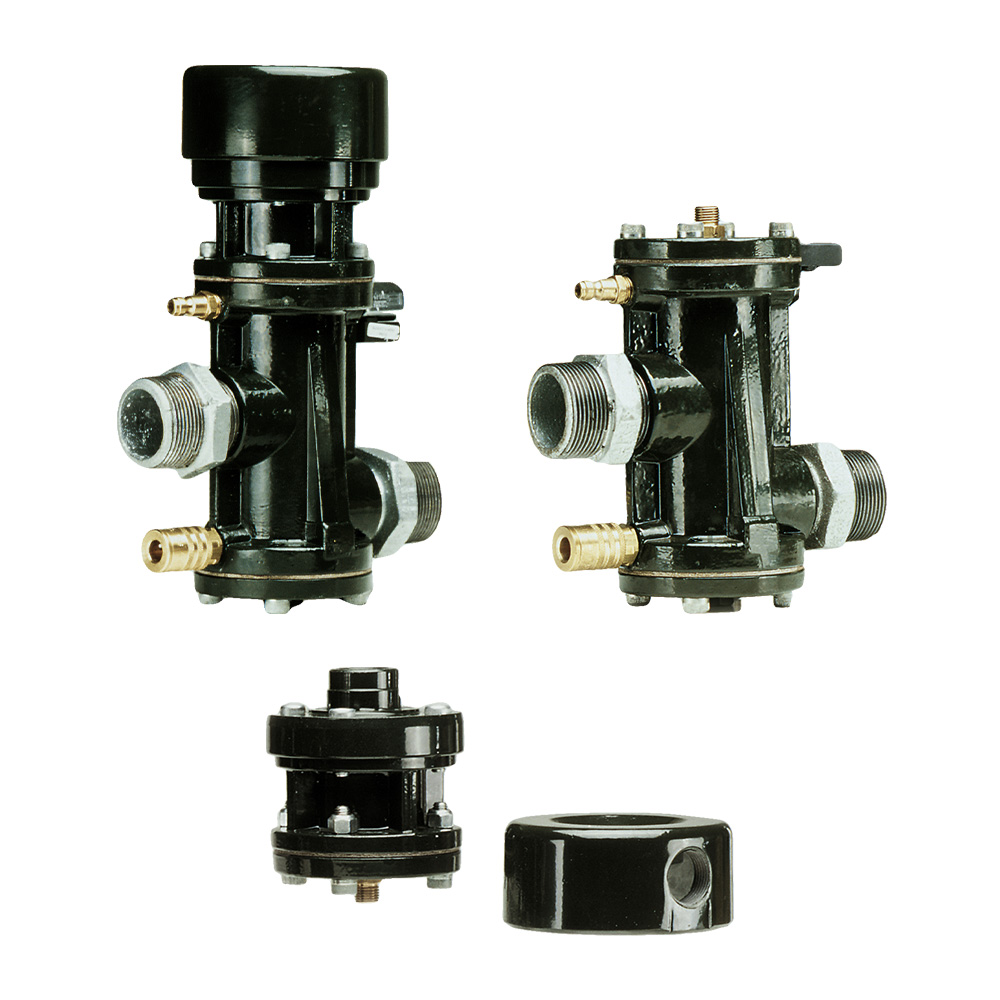
Maximize Energy Savings and Convenience With Advanced Building Automation Controls
In the world of modern-day style and center administration, the assimilation of innovative structure automation controls stands as a pivotal innovation. By harnessing the power of automation, structures can adjust, respond, and develop in methods that were as soon as unimaginable.
Power Effectiveness Perks
Energy efficiency benefits can significantly lower power intake and operational costs in buildings. Energy-efficient systems, such as advanced building automation controls, can optimize the use of resources like illumination, heating, and cooling, leading to reduced power expenses over time.
In addition, improved energy performance can lengthen the life-span of building devices and systems. By operating more successfully, HVAC systems, lighting fixture, and other structure elements experience much less deterioration, resulting in minimized maintenance and replacement prices. In addition, energy-efficient buildings often regulate higher residential or commercial property values and rental rates, supplying long-term monetary benefits to proprietors.
Additionally, power performance can boost owner convenience and productivity. Appropriately managed interior settings with optimum lights and thermal problems develop a more conducive and positive work area, leading to enhanced worker fulfillment and efficiency. In general, the energy effectiveness advantages connected with sophisticated building automation controls are diverse, incorporating expense savings, environmental stewardship, and resident wellness.
Improved Convenience Control
Enhancing comfort control in structure settings requires an advanced integration of innovative automation systems for optimal owner health. By utilizing innovative building automation controls, centers can tailor the indoor atmosphere to satisfy the specific needs and preferences of passengers. control valves.
By integrating these advanced controls, structures can not only boost comfort but also enhance energy efficiency by maximizing system operations based on actual tenancy and use patterns. Eventually, focusing on resident comfort with innovative automation systems leads to a much more delightful and much healthier indoor setting.
Functional Effectiveness Improvements

Additionally, the implementation of real-time tracking and analytics tools enables structure operators to recognize power inadequacies and operational anomalies immediately. By continually checking power usage patterns and system efficiency metrics, modifications can be made in real-time to maximize energy intake and ensure peak operational performance. control valves. In addition, including need reaction techniques right into structure automation controls can additionally boost operational efficiency by dynamically adjusting energy use based my website upon grid conditions and rates signals
Indoor Environment Optimization
Effective indoor environment optimization is an essential facet of building automation controls, making sure passengers' convenience and wellness while maximizing energy cost savings. By making use of sophisticated sensing units and controls, constructing automation systems can continuously keep track of and adjust temperature, moisture degrees, air top quality, and ventilation to create an optimal indoor environment. Maintaining comfy and regular problems not just enhances passenger contentment however also improves productivity and overall wellness.
Indoor climate optimization additionally plays a critical role in power efficiency. By fine-tuning air conditioning, heating, and air flow systems based on real-time data and occupancy patterns, developing automation controls can substantially decrease power usage - control valves. As an example, implementing strategies such as demand-controlled air flow and thermal zoning can aid lessen energy waste while ensuring that each location of the building obtains the essential conditioning.

Lasting Atmosphere Development
Building automation regulates not just enhance indoor environment conditions read for energy efficiency and passenger comfort but likewise lay the foundation for creating a sustainable atmosphere through calculated administration of systems and resources. By integrating innovative building automation technologies, such as sensors, actuators, and intelligent software application, facilities can check and adjust energy use in real-time to minimize waste and lower their carbon impact. These systems make it possible for predictive upkeep, determining possible problems prior to they intensify and optimizing tools efficiency to boost longevity and effectiveness.
In addition, lasting setting production extends past power administration to include water preservation, waste decrease, and indoor air top quality improvement. Building automation controls can manage water use, detect leaks, and ensure appropriate waste disposal practices, adding to total sustainability efforts. Additionally, by regulating and keeping an eye on air flow and filtering systems, these modern technologies boost owner wellness and efficiency while lowering energy usage associated with a/c operations.
Conclusion
In final thought, progressed structure automation controls offer substantial benefits in regards find this to power financial savings, convenience control, operational efficiency, indoor climate optimization, and producing a sustainable setting. By applying these controls, structures can attain optimal performance while minimizing energy consumption and boosting owner comfort. It is apparent that the use of advanced automation modern technology is important in boosting structure performance and creating an extra sustainable future.
Energy effectiveness benefits can significantly lower power consumption and operational expenses in structures. Generally, the energy effectiveness advantages connected with sophisticated building automation controls are diverse, encompassing cost savings, environmental stewardship, and occupant wellness.
Additionally, incorporating demand response strategies right into structure automation controls can further enhance operational effectiveness by dynamically readjusting power use based on grid problems and rates signals.
Structure automation manages not only maximize interior climate conditions for power efficiency and passenger comfort but additionally lay the foundation for producing a lasting atmosphere via tactical administration of systems and resources.In conclusion, advanced building automation controls deal significant benefits in terms of energy cost savings, convenience control, functional efficiency, indoor climate optimization, and developing a sustainable setting.